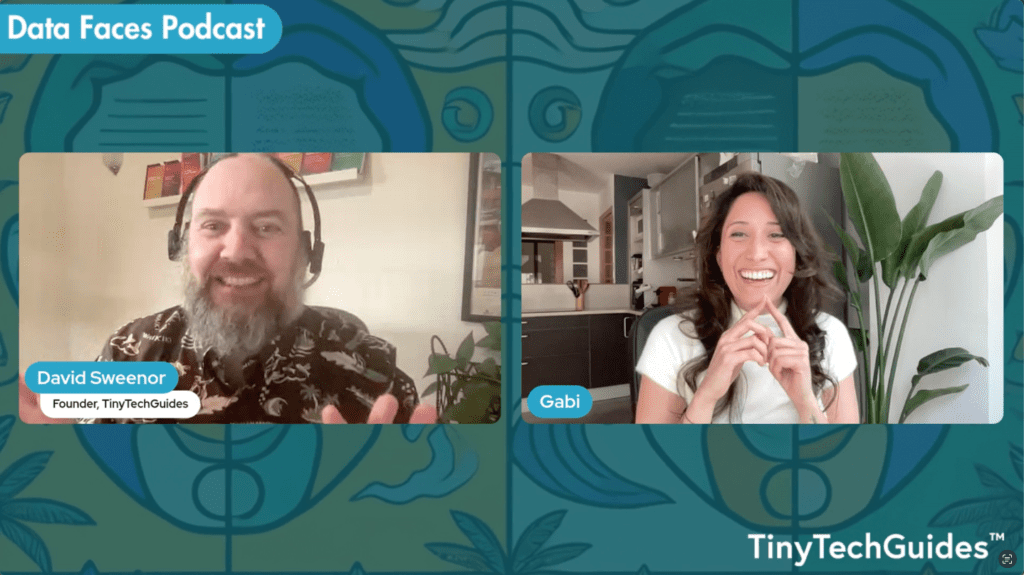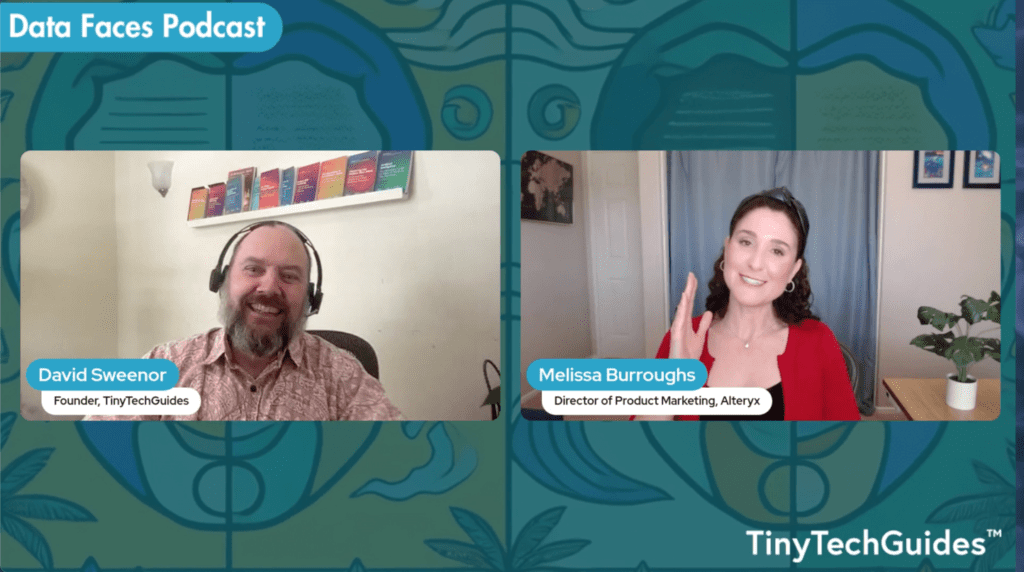Customizing GPTs for Your Unique POV

Note: this article originally appeared on prompts.tinytechguides.com. Please sign up to be the first to know.
Last month, a business leader asked me why every vendor’s AI content sounds identical. She’s right. Most product marketers have defaulted to letting ChatGPT write their content. The result? A sea of bland posts about “leveraging AI capabilities,” “driving digital transformation,” and “delving into topics.”
I see this problem daily in my role as a product marketing leader. Our sales team forwards competitor content that reads like it came from the same template. Customers tell us they can’t differentiate between vendor messages. The cost? Lost opportunities, missed connections, and ignored content.
So what works? Clear thinking backed by real data. When I analyzed top-performing content from last year, I found three elements that got enterprise buyers to respond:
- Specific problems they’re facing right now
- Data from actual implementations
- Experiential-based, clear recommendations
This isn’t about writing style. It’s about having something worth saying.
Finding Your Unique Voice
After 20+ years in tech, I’ve learned that credibility comes from specifics. Anyone can write about AI strategy. Few can tell you how to implement one with any specificity.
Your unique context and differentiation comes from five sources:
- Personal experience: My undergraduate degree in applied physics taught me to look for patterns in complex systems. My first job as a yield characterization engineer in a manufacturing environment taught me about processes and structured problem-solving approaches. That shapes how I approach marketing strategy. When a CMO asks about using LLMs, I explain how I’ve systematically tested and experimented with different services and approaches and what I’ve seen succeed (and fail) in the real world.
- Company evidence: Insights get stronger when you combine personal expertise with company data:
- Gong call analysis: Using AI to find patterns across sales conversations revealed that CIOs spend more time discussing maintenance than implementation. That informs how I write about my topics.
- Case studies: The real value is in the unvarnished feedback – the false starts and course corrections. Some of these are in the published case studies, while other tdibits lie buried in the raw transcripts. Find them, surface these gems. Sharing these hard-won lessons makes leaders take notice.
- Original research: Thought leadership surveys tell one story. The follow-up interviews tell another. CDAOs open up about the gap between vendor promises and reality. These candid insights shape my writing about what really drives AI success.
Building Your AI Writing System
Remember your first product launch? You knew your audience, had data, but still spent hours refining the message. AI writing tools are similar. They’re useful, but only if you teach them your way of thinking.
Before AI can write anything, they need to understand what makes your company different. That means sharing your unique position and message.
- We don’t just sell data and analytics tools – we help companies avoid the common traps of data, analytics, and AI adoption.
- That perspective comes from personal experience and customer perspectives documented in Gong calls, Salesforce notes, case studies, and peer reviews.
Your company has similar assets. When I talk to PMMs, they often overlook their best resources. Those customer advisory board meetings? They reveal executives’ real concerns. The questions sales teams hear repeatedly? They show where the market is heading.
Generic AI content fails because it lacks this context. Readers don’t want another explanation of LLMs. They want to know why projects succeed or fail. That insight comes from your experience, backed by company data.
Here’s what this looks like in practice: When I write about my topics, I start by reviewing our Gong calls. I look for patterns in customer questions. Then I check if these patterns show up in our research data. Then I consider what I’ve seen work – and flop – in real deployments.
The key is teaching AI to speak with your voice.
- Ban the AI junk words and jargon that plague B2B marketing. No one believes claims about “revolutionary solutions” or “seamless integration.” Show specific changes and real results.
- Adapt your message for different roles, but keep your core insight. A CTO wants technical validation. A CMO wants market impact. A CISO needs risk context. Good content addresses their specific concerns while maintaining your unique perspective.
Putting AI Tools to Work: Setup Guide
Let me show you exactly how to set up ChatGPT with your context. Here’s an example setup that you can adapt for your role.
——– The rest of this article can be found on prompts.tinytechguides.com ———-



